The new Opel Astra L marks a new chapter in the long history of the German brand's compact family members, which began with the first Kadett, released 85 years ago (1936).
After Kadett came the Astra, released in 1991, and since then we've known five generations in 30 years, which translates to nearly 15 million units sold. A legacy that will continue with the new Astra L, the sixth generation of the model, which, like its predecessors, was developed and will be produced in Rüsselsheim, the home of Opel.
The new Astra L also marks a series of firsts for the compact family. Perhaps most important for the times we live in is the fact that it is the first ever to provide an electrified powertrain, in this case in the form of two plug-in hybrids, with 180 hp and 225 hp (1.6 turbo + electric motor), allowing up to 60 km of electrical autonomy. However, it will not stop here.
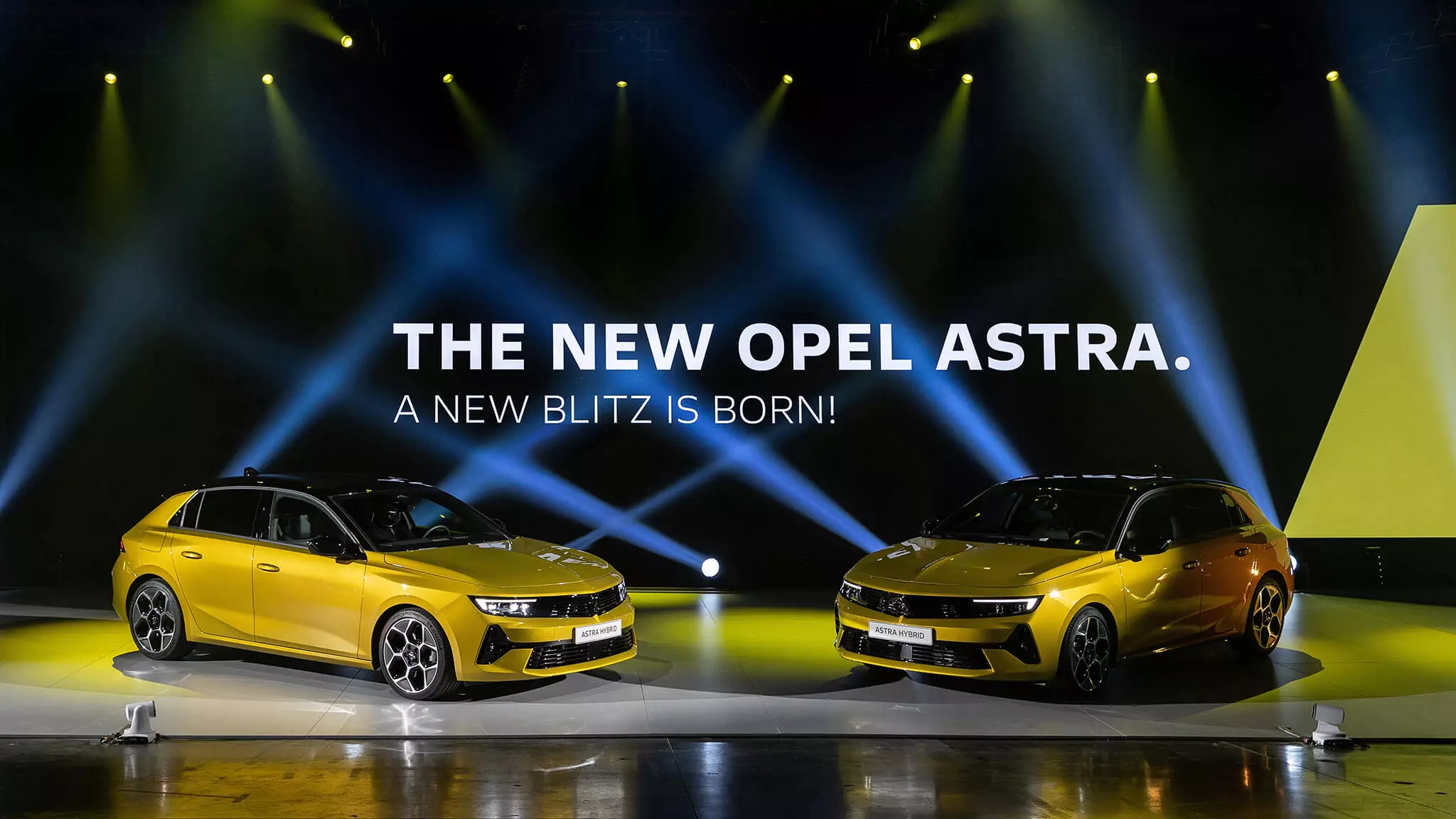
Astra 100% electric? Yes, there will also be
Confirming the rumor, Opel's new CEO, Uwe Hochgeschurtz — who coincidentally starts today, September 1st, officially starts his duties simultaneously with the presentation of the new generation of the Astra — announced that from 2023 there will be a an unprecedented electric variant of the German model, the astra-e.
The new Opel Astra L will thus have one of the widest ranges of engine types in the segment: gasoline, diesel, plug-in hybrid and electric.
This unprecedented Astra-e will thus join the other Opel trams already on sale, namely the Corsa-e and the Mokka-e, to which we can also add electric commercials such as the Vivaro-e or its version “tourist” Zafira-e Life.
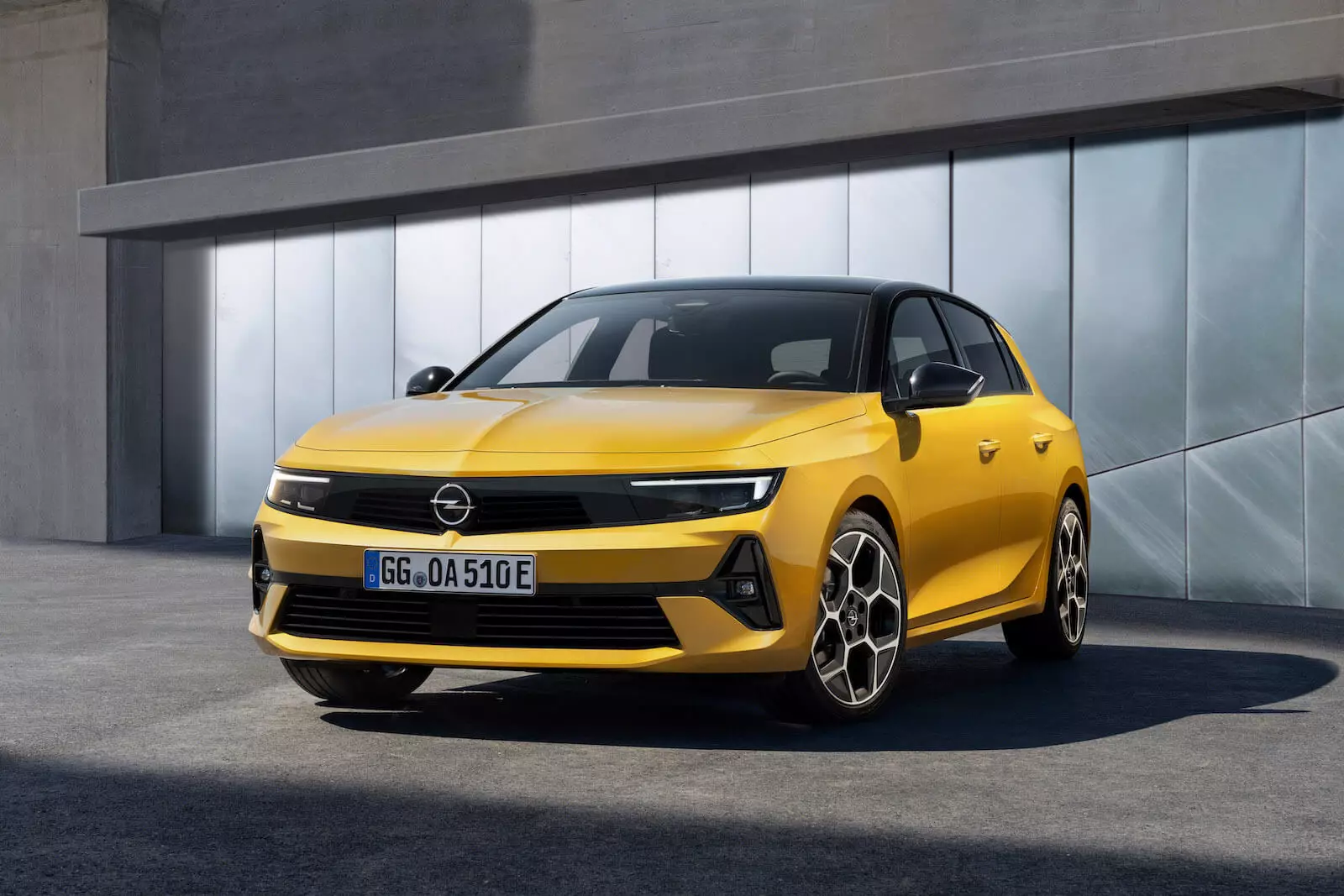
A decision that is part of Opel's plans for increasing electrification, which in 2024 will see the entire range be electrified so that, from 2028 and only in Europe, it will be a 100% electric car brand.
The first Astra from Stellantis
If the electrification of the Opel Astra L takes the lead, it should be remembered that this is also the first Astra to be born under the aegis of Stellantis, the result of the acquisition of Opel by the ex-Groupe PSA.
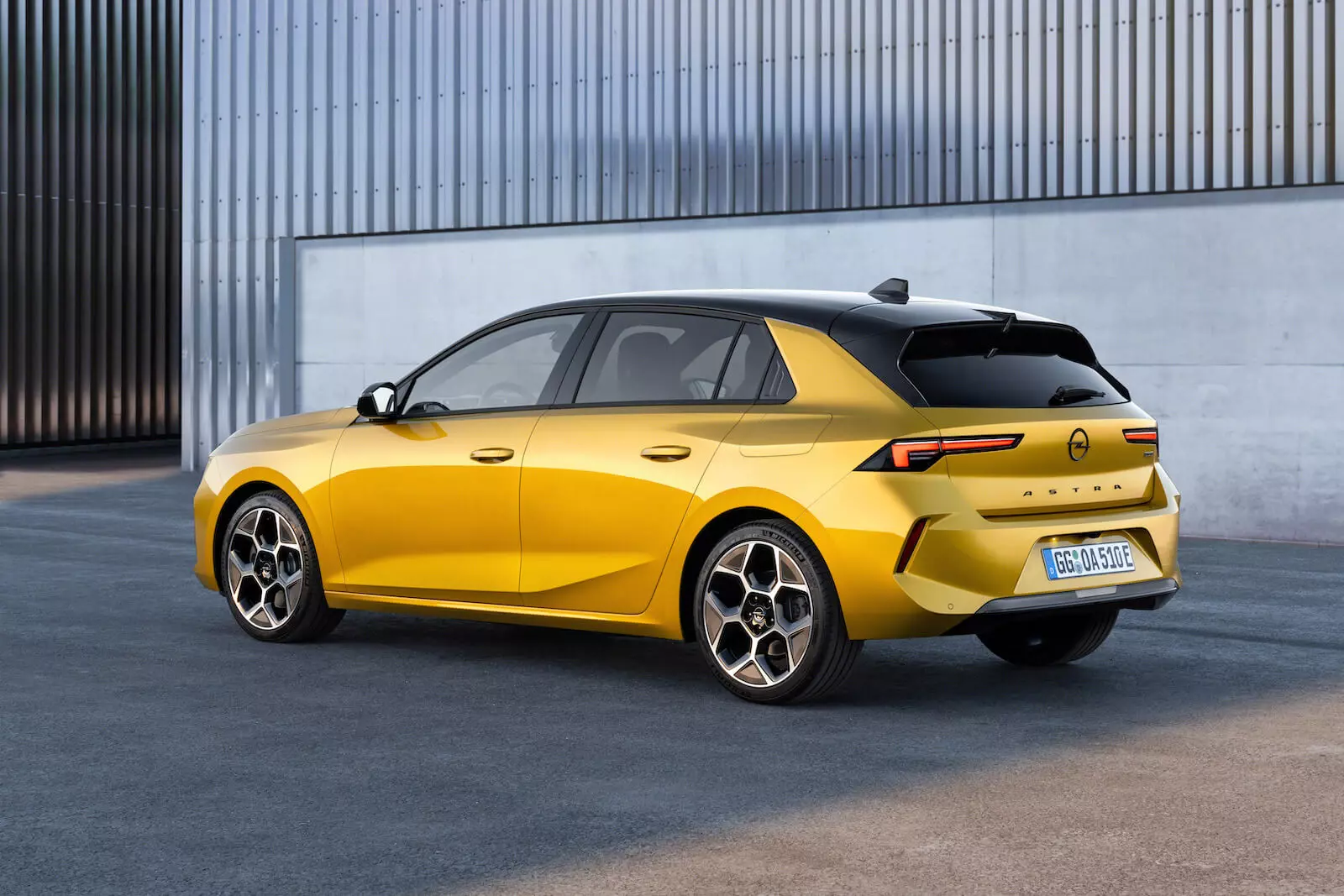
That's why we find familiar hardware underneath the new bodywork that adopts the brand's latest visual language. Highlight for the Opel Vizor at the front (which can optionally receive the Intellilux headlamps with 168 LED elements) which is, succinctly, the new face of the Opel, debuted with the Mokka.
The Astra L uses the well-known EMP2, the same platform that serves the new Peugeot 308 and DS 4 — we learned yesterday that the DS 4 will also have a 100% electric version, from 2024 onwards. high sharing of components, namely mechanical, electrical and electronic, Opel managed to convincingly distance itself from both in terms of design.
On the outside, there is a clear cut with the predecessor, mainly due to the new identifying elements already mentioned (Opel Vizor), but also to a greater predominance of straight lines, as well as better defined “muscles” on the axes. Highlight also for the debut of bicolor bodywork at the Astra.
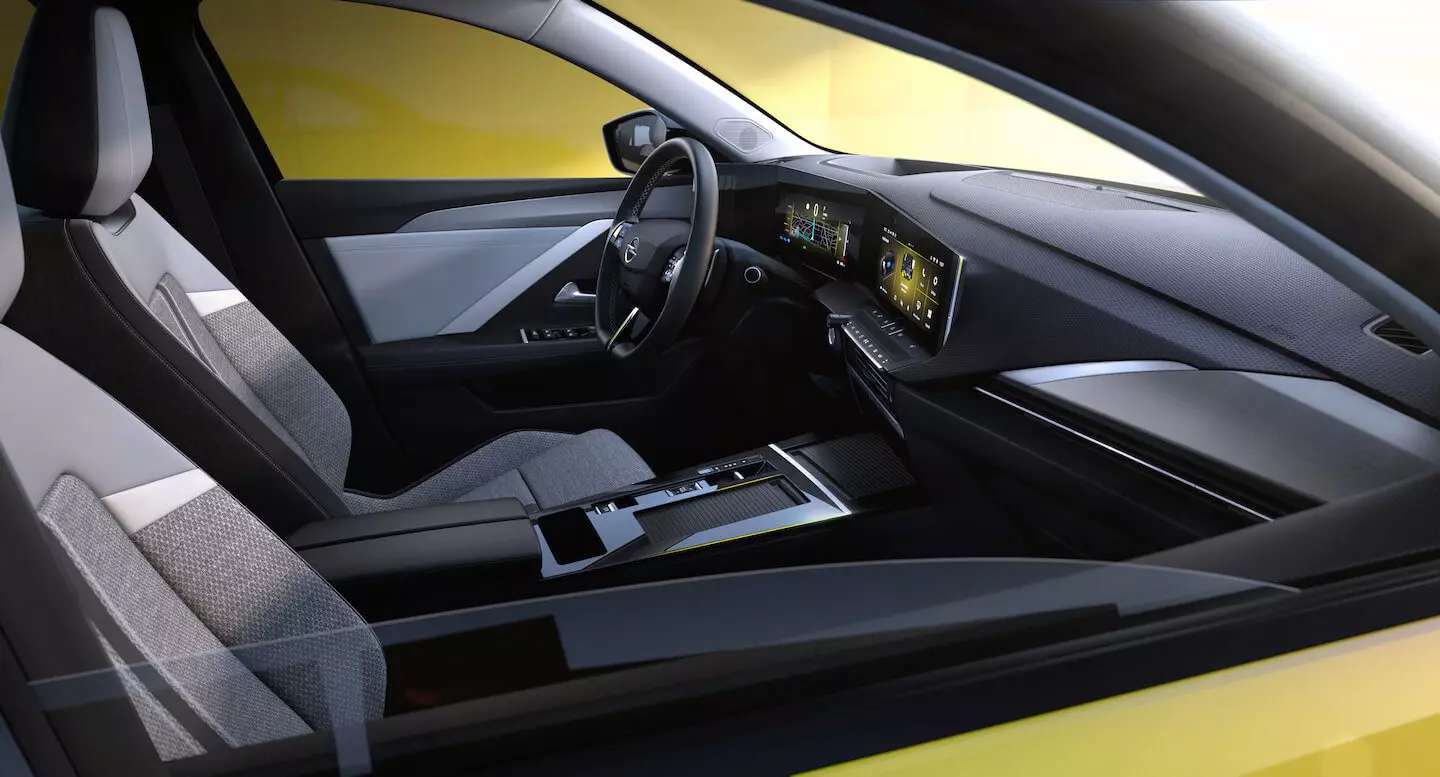
Inside, the Astra L also introduces the Pure Panel, which cuts decisively with the past. The highlight is the two screens placed horizontally side by side — one for the infotainment system and the other for the instrument panel — which helped to eliminate most of the physical controls. However, some, considered essential, remain.
When does it arrive and how much does it cost?
Orders for the new Opel Astra L will open as early as next October, but production of the model will only start towards the end of the year, so it is expected that the first deliveries will only take place at the beginning of 2022.
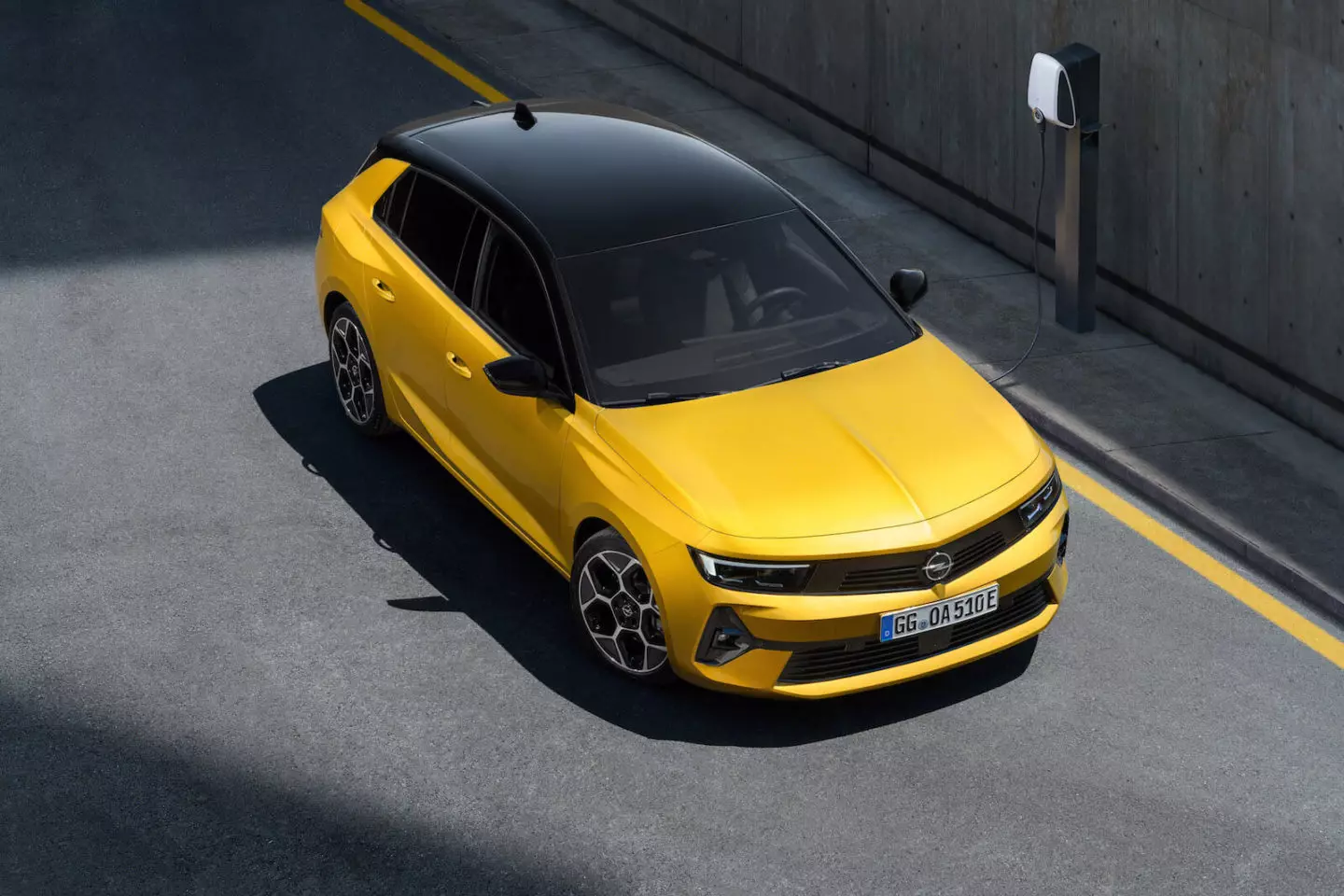
Opel announced a price starting at 22 465 euros, but for Germany. It remains to be seen not only the prices for Portugal, but also more concrete dates for the start of marketing of the new generation of Astra in our country.
